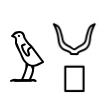
Notes on Legal Vocabulary (Old Kingdom and the First Intermediate Period)
In approaching the study of sAb, I raised the issue of the purport of this title and proposed a hypothesis for its translation (Vande Walle 2011) which differs from the usual notion of judge. In doing so, I collected some data on terminology concerning the act of judging and of the actors revolving around its implementation, which are the subject of this work. [more…]
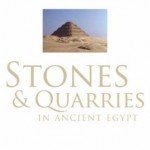
Book Review: Klemm, R. and Klemm, D. D., Stones and Quarries in Ancient Egypt, British Museum Press 2008
Abstract. Rosemarie and Dietrich Klemm’s Stones and Quarries in Ancient Egypt, is described by W.D. Davies in the preface to the British Museum Edition as “one of modern Egyptology’s most valuable works of reference”. Stones and Quarries is an outstanding work of reference, but it wants to be much more. It contains a comprehensive gazetteer of quarries, whose primary use would be in the field. Its instructional content is designed, according to the authors, to raise standards of geological literacy among “all Egyptologists,” and to encourage interdisciplinary research. Looking at Stones and Quarries as, at the same time, a reference book, a field manual and a textbook of Egyptian petrology provokes two sets of questions. The one concerns the role of geology in Egyptology. Who should learn geology, for what purpose, and to what levels of expertise? The other concerns the future of conventional reference books in an age of electronic media. [more…]
Edition - May, 2012

Editorial – Journal Edition 4 / Magazine Edition 6
Once again we are publishing in both the Egyptological Journal and the Egyptological Magazine. As usual the Journal contains a small number of academic articles. Etienne Vande Walle, a former President of the Brussel’s Court of Instance has contributed a number of previous articles combining his deep knowledge of legal systems with considerable personal research […] [more…]
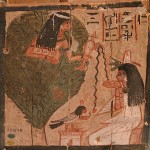
Review: Study Day. Ancient Egypt – Myth and History with John Romer
John Romer delivered an ambitious set of lectures that looked at the history of Egyptology, with a view to understanding how ideas about the past first developed in the nineteenth century have influenced how Egyptology is researched and understood today. [more…]
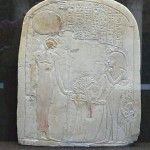
sAb Corpus
The sAb Corpus is a 300+ page compendium of the instances of the various forms of the use of the title sAb or “Justice” [more…]
Edition - February, 2012
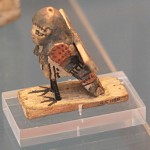
Editorial – Journal Edition 3 and Magazine Edition 4
Welcome to our latest editions of the Journal and Magazine sections. There is a great mixture of topics, which we hope will provide something for everyone. In the Journal section Kate Phizackerley has brought together the results of two excavations in the tomb of Horemheb in the Valley of the Kings, separated by nearly a century, […] [more…]
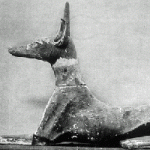
Introduction to the Contents of Tomb KV57 (Horemheb)
KV57, Horemheb’s royal tomb in the Valley of the Kings is famous for its bright decoration but it has yielded a large number of artefacts. The tomb has been excavated twice by Theodore Davis after he discovered the tomb in 1908 and a century later by Geoffrey Martin. This paper brings together findings of both excavations to show that the tomb originall contained an assemblage matching or surpassing that found in KV62, the tomb of Tutankhamun [more…]
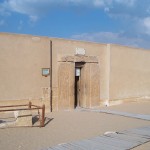
Notes in the margins of the scene termed “rendering accounts” in the mastaba of Mereruka
The mastaba of Mereruka, called Meri, is located at Saqqara, near the pyramid of Teti, next to the pre-existing tomb of his colleague, Kagemni. Both acceded to the post of vizier during the reign of Teti, at the beginning of the 6th Dynasty. The vast building is divided into three parts, sheltering, besides the deceased, his wife Seshseshet (daughter of Teti) and their daughter Meryteti. Those who visit the tomb cannot fail to notice, at the beginning of the circuit, a scene decorating the lower part of the left wall of the long passage that leads to section A reserved for Mereruka. [more…]
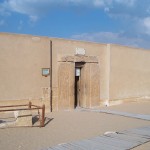
Notes en marge de la scène dite «de reddition des comptes» dans le mastaba de Mererouka
Le mastaba du Mererouka, dit Meri, se situe à Saqqara, à proximité de la pyramide de Teti, jouxtant la tombe préexistante de son collègue Kagemni. Tous deux ont accédé au vizirat sous le règne de Teti, au début de la VIe dynastie. Le vaste bâtiment se divise en trois parties, hébergeant outre le défunt, son épouse Seshseshet (fille de Teti) et leur fille Meryteti. Ceux qui ont visité la tombe n’auront pas manqué de remarquer, en début de parcours, une scène décorant la paroi gauche, dans sa partie inférieure, du long passage menant à la section A réservée à Mererouka. [more…]
 By
By